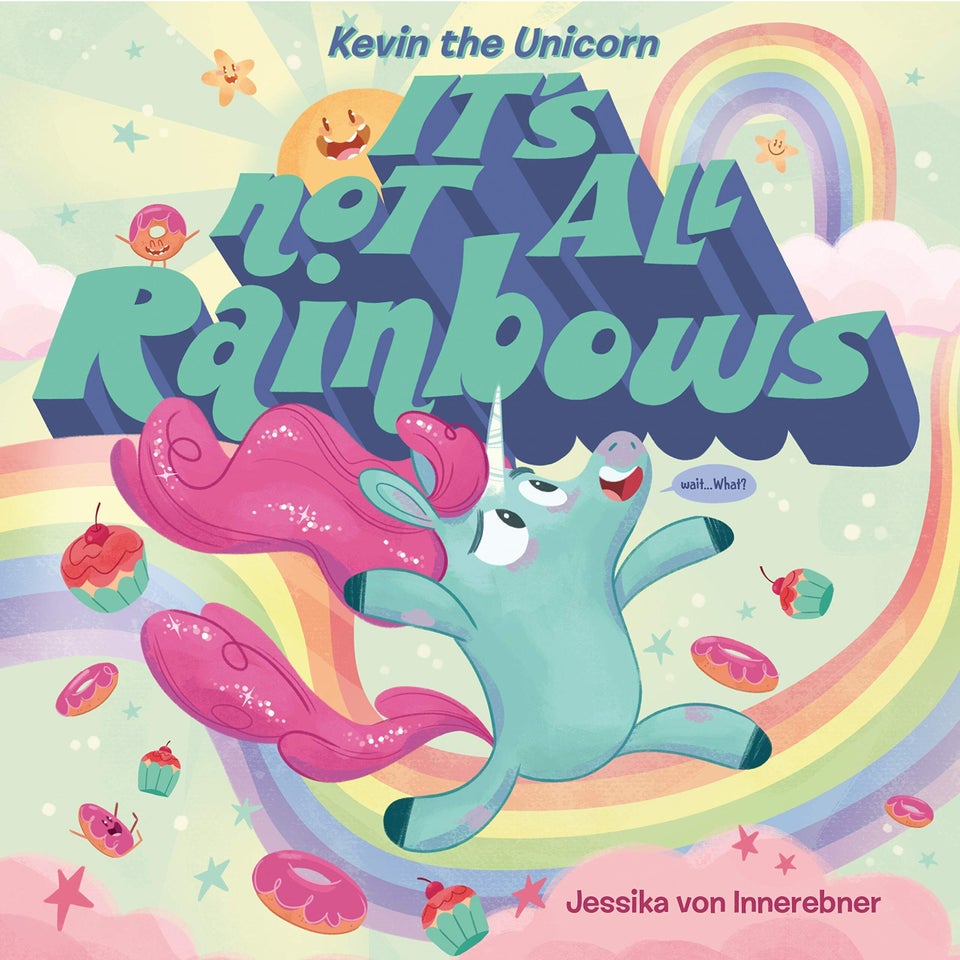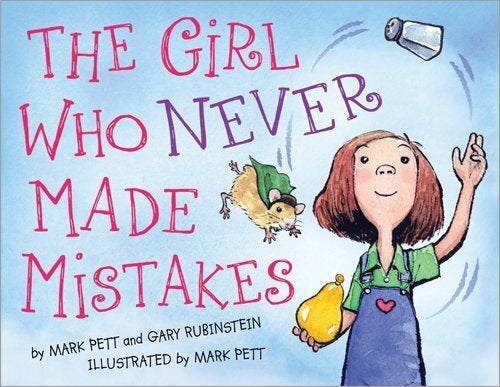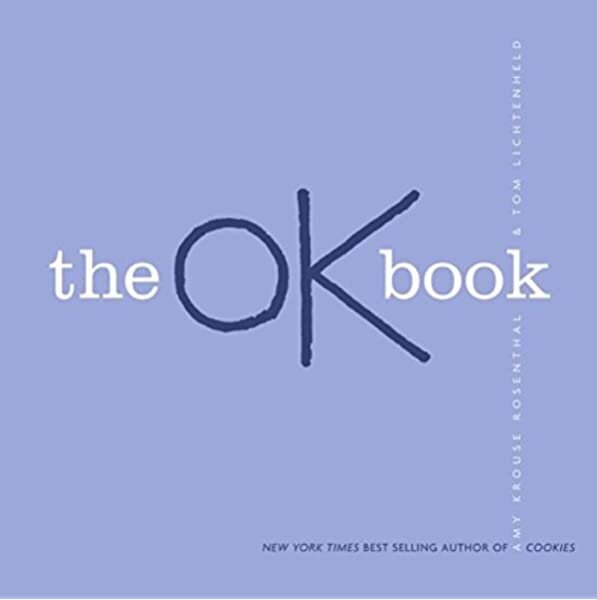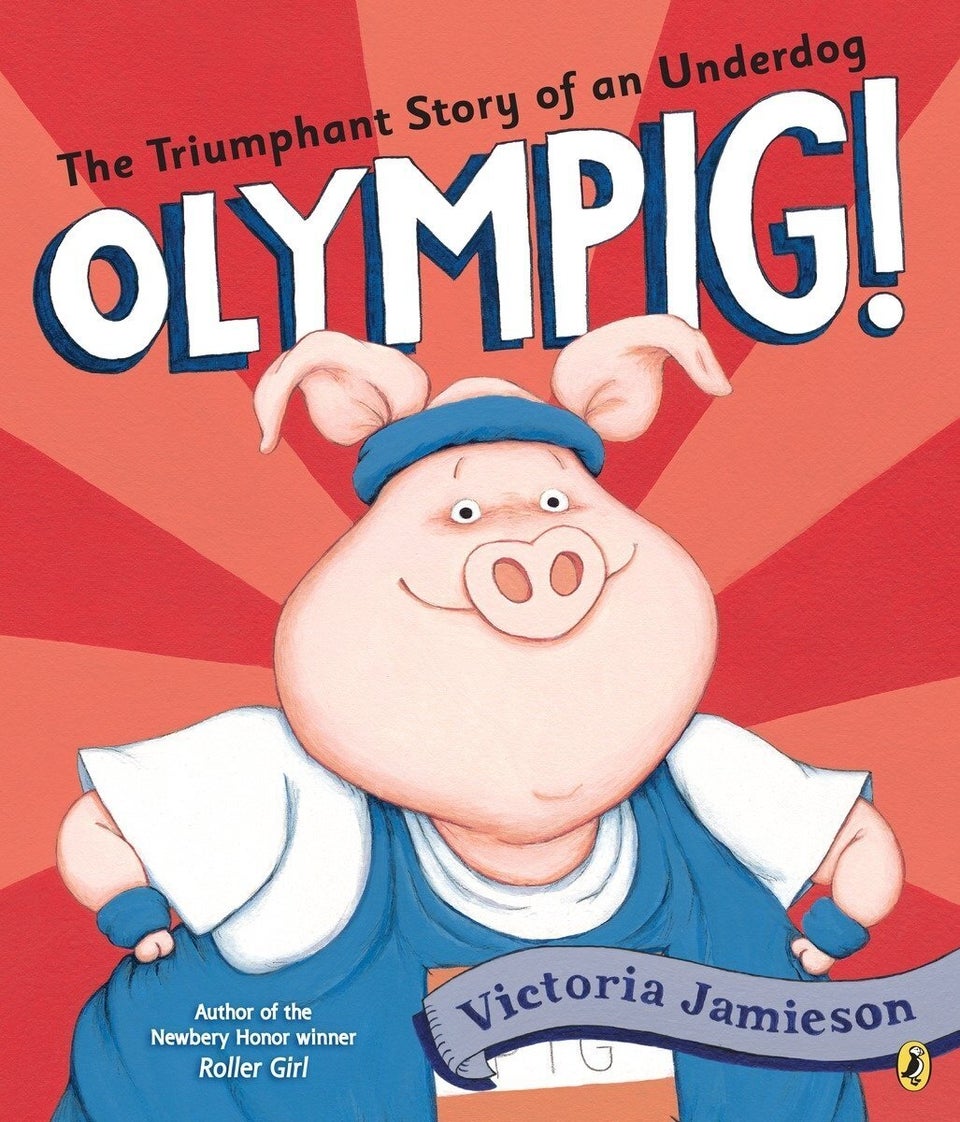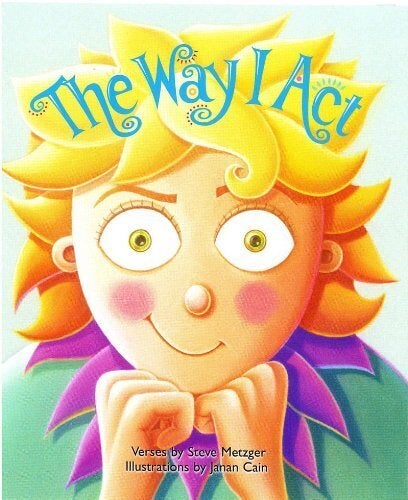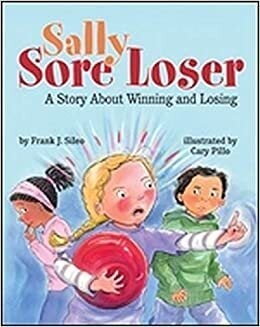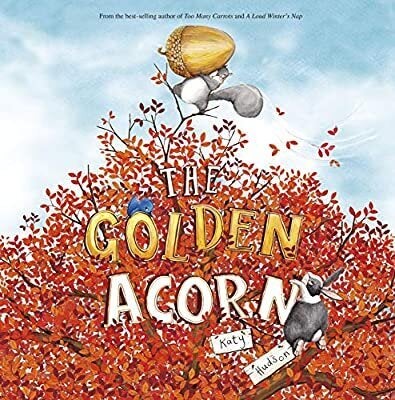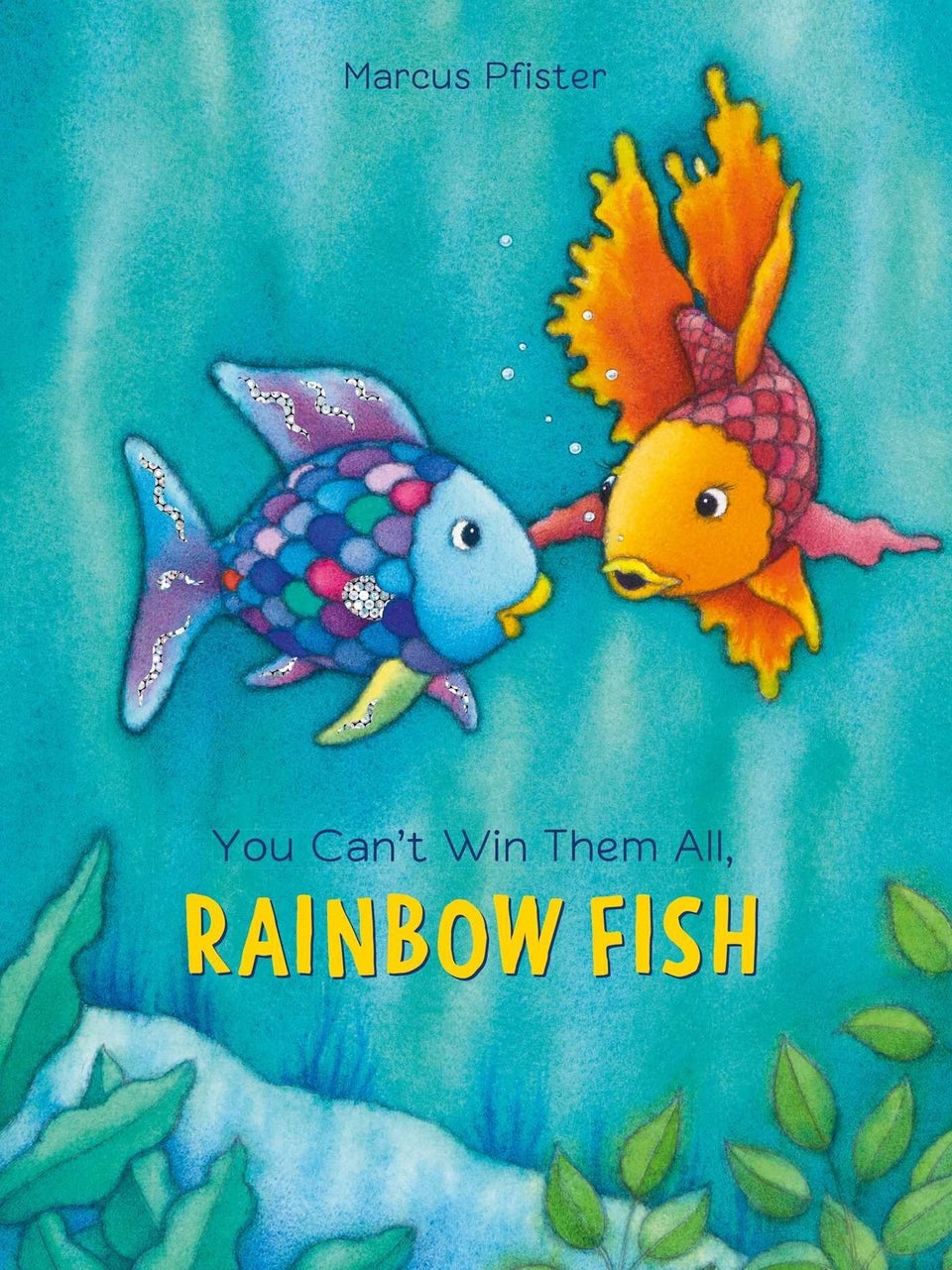From: https://www.teacher2teacher.education/2020/11/15/5-strategies-for-building-community-during-remote-learning/?fbclid=IwAR08pcL0uKCOgrCoTg3_eHvk4keEKlgPkbpulVhqJNYhxADgkNZRv0NYPY8

Everything feels different this school year. Like so many of you, I’m teaching remotely – and I’ve found that one of the biggest challenges has been building and deepening my relationships with my students while physically separated. These past few months, I’ve made strengthening that part of my practice my focus.
I’ve tried to remember that the need is very similar to what we know from teaching in a classroom: We need to get to connect with our kids and help them get to know each other so we can make our class community feel safe. Students can’t really learn otherwise.
Something I’ve found helpful so far is incorporating a handful of steady routines into my lessons and activities – both synchronous and asynchronous. It lets my students know what to expect, and it makes my planning more manageable. (I’ve been following the design elements in the New Visions for Public Schools Teacher Planning Notebook. The section on “Planning the Day” links to resources that can help with structuring both synchronous and asynchronous lessons.)
Here are 5 strategies I’m using to create a space where students can feel comfortable learning – and to make my own planning feel more manageable:
1. Opener: Start class with a warm, friendly activity that makes students feel safe.
When I design my openers, I try to focus on my goal for the day: How do I want this day to feel? What do I want students to think about?
Lately, I’ve been starting synchronous lessons by playing a song. Instead of saying “Hi!” over and over and giving the same instructions each time a student joins, I wait for the song to end, and we all start together. It gives the kids some space to enter class without needing to perform in any way, and they’ve started getting excited about the songs. I’ve even been taking song requests! They’ll ask, “Can you play my song next week?” and it’s one little thing that builds relationships.
It’s important that we find a way to bring the spirit of the “opener” to asynchronous activities, too, and think about how we can invite students in. I’ll often take videos of myself going over the instructions, and students have let me know they like this – hearing me speak directly to them feels supportive.
2. Closer: Wrap up class by checking in with students or asking for feedback.
I like to use the closing minutes of a lesson to find out how students are doing or ask them for their responses to the material. Sometimes, just so I can see their faces for at least a second, I teach them a word in American Sign Language. Last Friday, we learned “weekend,” and they showed me the sign for “weekend” before they left. It gave me a chance to see them and acknowledge them before we spent a couple days apart.
In asynchronous lessons, I’ll include a closer with a question that solicits feedback, like, “What about this lesson was most helpful?” or, “If you were to give advice to a student who is about to start this assignment, what would you tell them to do?”
3. Brain Breaks: Build breaks during transitions that allow students to rest their minds, move their bodies or build community.
One of the biggest challenges I’ve encountered so far is getting students to interact with each other in ways that feel safe. They don’t feel comfortable in breakout rooms, so most of my instruction is done in full-class settings. I’ll use breakout rooms for brain breaks, with a very low-stakes activity, and that seems to feel comfortable for them. I might say something as light as, “Go into your breakout rooms and talk about whether you’d rather be a superhero or a witch.” The important thing is that brain breaks aren’t the time to introduce new concepts or challenges. I’m trying to use them to build community.
4. Micro-Routines: Focus on small, manageable learning targets.
The amount of time I have with my students is shortened, so I really try to limit what I’m teaching during our time together. I’ll just focus on one vocabulary word or a concept they can use for the rest of the week in the asynchronous assignments they do when they’re not with me. There’s a library of remote learning routines in the NVPS resources, and I find it helpful to have a handful that I can pull from.
5. Chat: Support student interaction, even when they don’t feel comfortable speaking during class.
Building relationships with students feels so critical right now – and it also feels like the most difficult thing to do. First off, we can’t see our kids. A lot of them don’t feel comfortable showing their faces, and a lot of them aren’t willing to speak up, so the chat functionality is extremely important for me. I do require students to share their thoughts over chat, but they can do it publicly or just for me – whatever they feel comfortable with.
One strategy that encourages interaction is giving them little assignments to determine the order in which they participate. So, I’ll say, “The youngest person will share first, and the oldest person will share last,” or “The person whose name is at the beginning of the alphabet will present first.” It feels silly, but it creates some light accountability and makes it necessary for students to talk with each other, to figure out who is the oldest and whose name comes first in the alphabet.
I also have a peer support “cheat sheet” that offers sentence starters they can use to share whether they agree with someone in the chat. So when I display the cheat sheet of peer support, they will use it to respond to each other in the chat.

Now, even when I don’t post it, they’re starting to reply to each other using these frameworks. I get so excited, thinking, “Oh, they get it! They get it. This is what I’ve been trying to get them to do, and they’re doing it!” I feel so grateful for those moments when a student asks a question in the chat and another student answers it. That’s the community I strive for.
I have an eighth grader who I’ve never taught before, and I was told she’s a lot shyer in the classroom – that she often won’t speak much at all. But she’s very vocal in the chat. Sometimes, what she writes isn’t “on topic,” but I don’t mind that. Off-topic chat conversations are like the side conversations students would have had in class, anyway, so I might as well be able to see those conversations, too. It’s just nice to see them participating and speaking with each other.
I’m so grateful to see these connections happening with kids. It’s these little things we can hold onto right now. Little by little, we’re building community.
